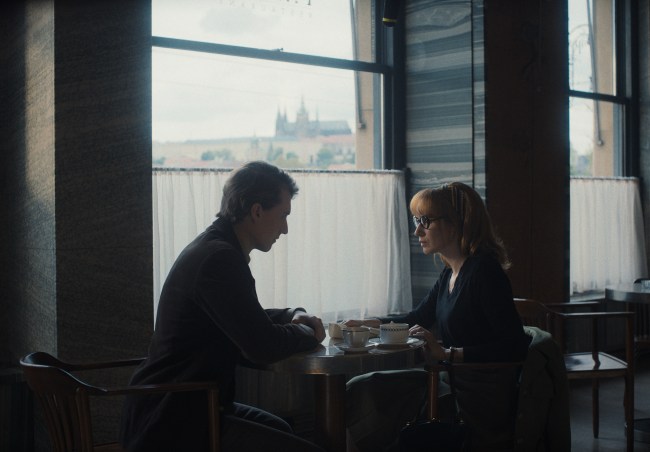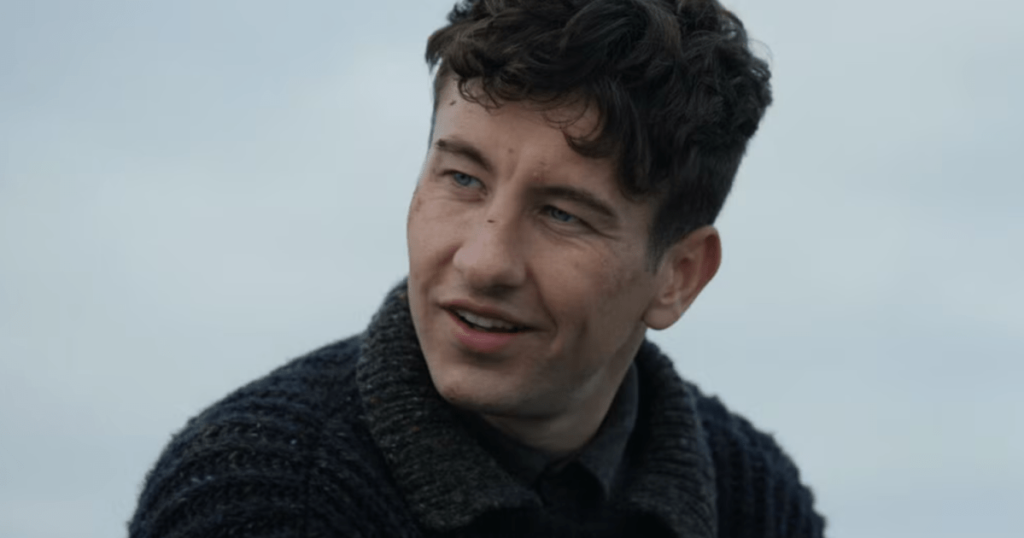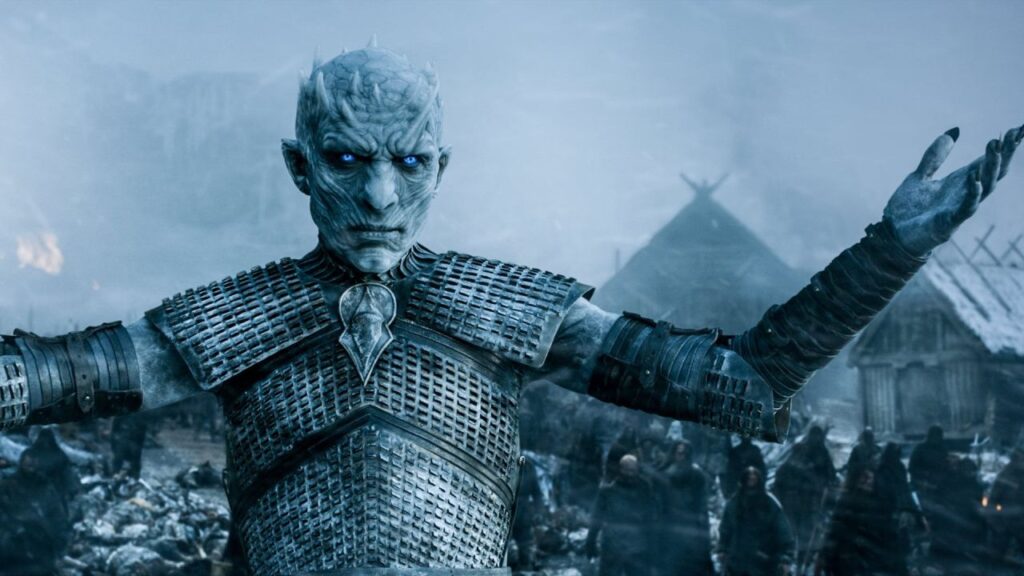1968 marked not only a memorable moment in American political history, but sparked protests in many countries around the world. A recent breakout hit in the Czech Republic and Slovakia ($6.7 million, the third-biggest Czech grosser of all time), writer-director Jiří Mádl’s political thriller “Waves” won the audience award at July’s Karlovy Vary Film Festival and was submitted by the Czech Republic for Oscar consideration. (Our Best International Feature Film predictions are here.)
The hybrid feature, which deploys an artful mix of live-action drama and restored archive footage, takes place during the Prague Spring in 1968, when Warsaw Pact troops and tanks rolled into the city. Citizens were able to resist the U.S.S.R. occupation for eight months partly due to Czechoslovak Radio’s continuous broadcasts.
Based on true stories and interviews with witnesses from the period, Mádl’s movie focuses on the courageous journalists who fought against censorship at the radio station. “Waves” brings a timely message about freedom of the press and the choices people have to make between family and country during a period of political strife and rising authoritarianism. The protagonist Tomáš (Vojtech Vodochodský) works enthusiastically at Czech Radio but has ties with the Secret Service as well, and his college student brother is a radical revolutionary.
An established movie star in the Czech Republic, Mádl was inspired to write the script as a journalism university student after reading a brief passage in a massive history book which focused on the staff at Czechoslovak Radio. He had been unaware of this Prague Spring narrative and decided to explore this untold aspect of the conflict.
I interviewed Mádl and his veteran producer Monika Kristl at a recent screening that was packed with enthusiastic Czech emigres. Mádl started writing and researching back in 2012 and 2013, he said, and Kristl encouraged him to direct an easier, less ambitious film that was ready to go first. “There was only 20 pages outlined on the story,” said Kristl, “and there was another script which was ready and easy to produce. So I thought it would be good idea to start with some easy project to fine-tune our language to understand what we are talking about. And then we once we go through this first experience, then we are ready maybe for something more important for the more difficult production.”
When one of the journalists from that time passed away, Mádl was triggered not to wait, he said. “I right away understood I’ve got to be quick to meet those that were still alive, and I was lucky to meet four of them. Some were reluctant to speak about it, some not. And eventually all of them were disclosing this story.”
While the film was based on true stories, Tomáš was a fictional person. “I wanted the audience to have a protagonist that is easy to identify with,” he said. “Because I knew that the high profile journalists were extraordinary. So I went for someone who is an average citizen, who has his fears and whose household is fragile, and also someone who doesn’t know much about the outside world. And raising a much younger brother is my story, in a way. So that was an important topic.”
After setbacks from Covid and inflation and funding falling out, the team finally was able to start filming. They knew from the starts there would be no tanks. “We have only one wood tank on rubber, which is possible to get into the [town] center, and not destroy asphalt,” said Kristl. “We wanted it to be as authentic as we could, and you can’t pretend it with extras, you will need to have great actors to get into their faces the right emotion.”
So the filmmakers turned to archive footage to supply explosions and burning tanks and the like. “We bumped into some sources of archive that was never used,” said Mádl. “When you decorate a Christmas tree, you know the shape, you know where you’re headed, and then you have the archive, which is like the decoration. I was going through the archives. It took me two months. We didn’t want to compromise the story or to modify the story. Then, of course, we needed to try it out. So we made a test. We found some archive, we tested it, and it worked. So we decided to go this way.”
When he was visualizing the newsroom the director remembered “Good Night, and Good Luck.”
“There are some common things,” he said, “like the leader of the newsroom, and they’re facing something that is bigger than they are. But I want to do something dynamic, there are tanks in the streets. I saw ‘Argo,’ I thought, ‘maybe combine these two.’”
Mádl worked hard to keep the look of the film contemporary, even if the clothes and furniture and settings were 60s period. “We used certain tricks, like, I know that people used to smoke a lot in those times. But we have little smoke in the offices now. And I didn’t want the film to look old. I want the audience to forget that they’re watching a period film. So you’ll see the ashtrays on the tables, but they never smoke. Or you look at the fashion, and you see stuff that is beautiful, and people wear it even today. And then you see some pieces that look silly from today’s point of view. And we said, ‘let’s use just those that look good today.’ It was the same with the music.”
These details paid off. The films is a hit partly because it lured young audiences back to theaters.


